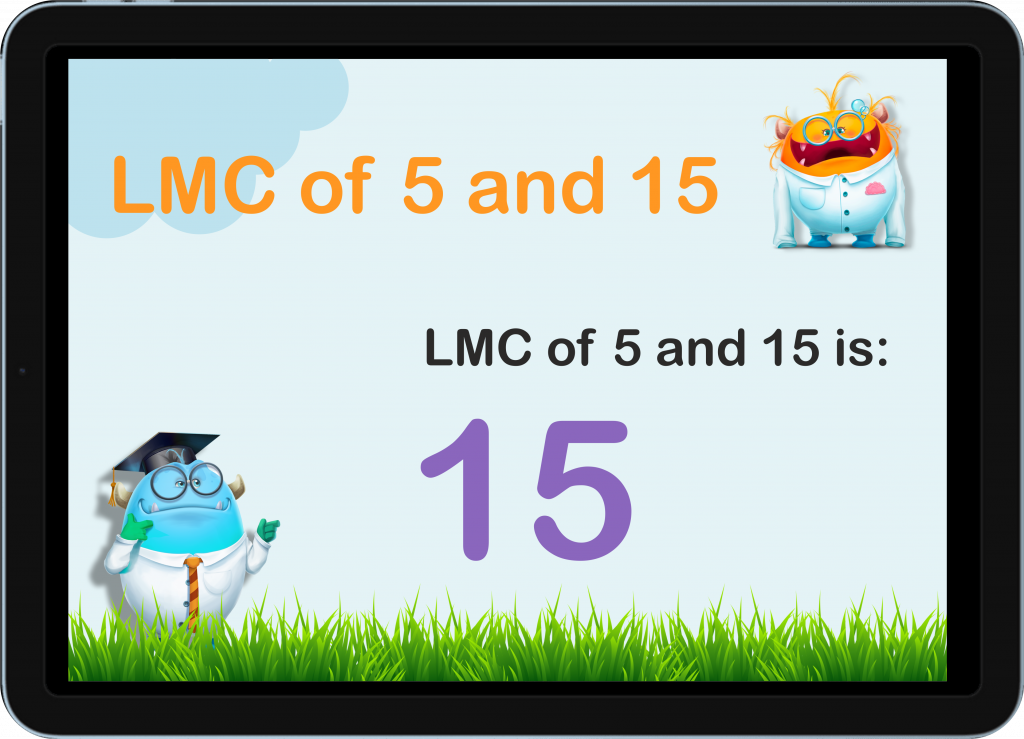Is 2 A Prime Number?
Prime vs. Composite Numbers
Greetings, young math enthusiasts! Today, let’s set sail on a mathematical voyage to determine if 2 is a prime number, and learn more about the difference between prime and composite numbers.

Is 33 a Prime Number?
Or is 33 a Composite Number?
No, number 33 is not a prime number. We know, we got some explanation to do. Before we dive into the mystery of number 33, let’s first understand the essentials.


No credit card required

No credit card required
Is 33 a Prime Number?
Why is 33 Not a Prime Number?
What are the Prime Factors of 33?
What are the Factors of 33?
Composite Numbers Confused With Primes
Does 33 Have 2 Factors?
What Type of Number is 33?
Is 33 a Coprime Number?
What is So Special About Number 33?
Before we find out if 33 is a prime number, let’s understand what prime and composite numbers are.
Prime numbers are numbers that can only be divided by 1 and themselves. This means you can’t divide them evenly by any other numbers. For example, 2, 3, 5, 7, 11, and 13 are prime numbers. If you try to divide them by any number other than 1 or themselves, you will not get a whole number.
Composite numbers are different because they can be divided by 1, themselves, and at least one other number. For example, 4 is a composite number because it can be divided by 1, 2, and 4. Another example is 12, which can be divided by 1, 2, 3, 4, 6, and 12.
Is 33 a Prime Number?
Now that we know the difference between prime and composite numbers, let’s figure out if 33 is a prime number.
To do this, we need to see if 33 can be divided evenly by any number other than 1 and itself. If it can, then it is not a prime number.
Why is 33 Not a Prime Number?
Let’s try dividing 33 by some numbers:
- 33 divided by 1 is 33.
- 33 divided by 33 is 1.
These are the obvious ones. But let’s try other numbers:
- 33 divided by 2 is 16.5 (not a whole number).
- 33 divided by 3 is 11 (a whole number!).
Since 33 can be divided evenly by 3 (giving us 11), it means that 33 is not a prime number. It is a composite number.
What are the Prime Factors of 33?

We found that 33 can be divided by 3 and 11. This tells us that 3 and 11 are the prime factors of 33.
Prime factors are prime numbers that multiply together to make the original number. For 33:
33=3×1133 = 3 \times 1133=3×11
Both 3 and 11 are prime numbers. So, 33 is made up of these two prime factors.
What are the Factors of 33?
Factors are numbers you can multiply together to get another number. For 33, the factors are:
- 33=1×33
- 33=3×11
So, the factors of 33 are 1, 3, 11, and 33.
These Composite Numbers Are Often Confused with Primes
Here’s a simple trick to help identify composite numbers that are often mistaken for primes. Many of these numbers can be divided by 3 to find their prime factor. Also, their second prime factor is usually a smaller prime number. Let’s see some examples:
- 15: 15 can be divided by 3 and 5 (both primes).
- 21: 21 can be divided by 3 and 7 (both primes).
- 27: 27 can be divided by 3 and 9 (3 is prime).
- 33: 33 can be divided by 3 and 11 (both primes).
- 51: 51 can be divided by 3 and 17 (both primes).
- 57: 57 can be divided by 3 and 19 (both primes).
- 69: 69 can be divided by 3 and 23 (both primes).
- 87: 87 can be divided by 3 and 29 (both primes).
- 93: 93 can be divided by 3 and 31 (both primes).
Does 33 Have 2 Factors?
A prime number has only two factors: 1 and itself. Since 33 has more than two factors (1, 3, 11, and 33), it is not a prime number.
What Type of Number is 33?
The number 33 is a composite number because it has more than two factors. It is also an odd number. It falls into a special category known as a semiprime, which means it is the product of two prime numbers (3 and 11).
In addition to being a semiprime, 33 has several interesting properties. It is part of the aliquot sequence (a sequence of numbers where each term is the sum of the proper divisors of the previous term) and is involved in various mathematical patterns and properties
Is 33 a Coprime Number?
A single number by itself cannot be coprime. Coprime numbers are two numbers that have only 1 as their greatest common divisor (GCD). For example, 4 and 9 are coprime because the only number that divides both 4 and 9 without leaving a remainder is 1.
What is So Special About Number 27?
Semiprime: 33 is a semiprime because it is the product of two prime numbers, 3 and 11. This makes it one of the numbers that are products of exactly two primes.
Divisors: The number 33 has four divisors: 1, 3, 11, and 33.
Palindrome: In binary form, 33 is written as 100001, which reads the same forwards and backwards, making it a binary palindrome.
Sum of Factorials: 33 is the sum of the first four positive factorials: 33=1!+2!+3!+4!=1+2+6+2433 = 1! + 2! + 3! + 4! = 1 + 2 + 6 + 2433=1!+2!+3!+4!=1+2+6+24
Sum of Consecutive Primes: 33 is the sum of the consecutive primes 11 and 22.
Learn More About Prime Numbers
© 2024 Smartick. All Rights Reserved.
